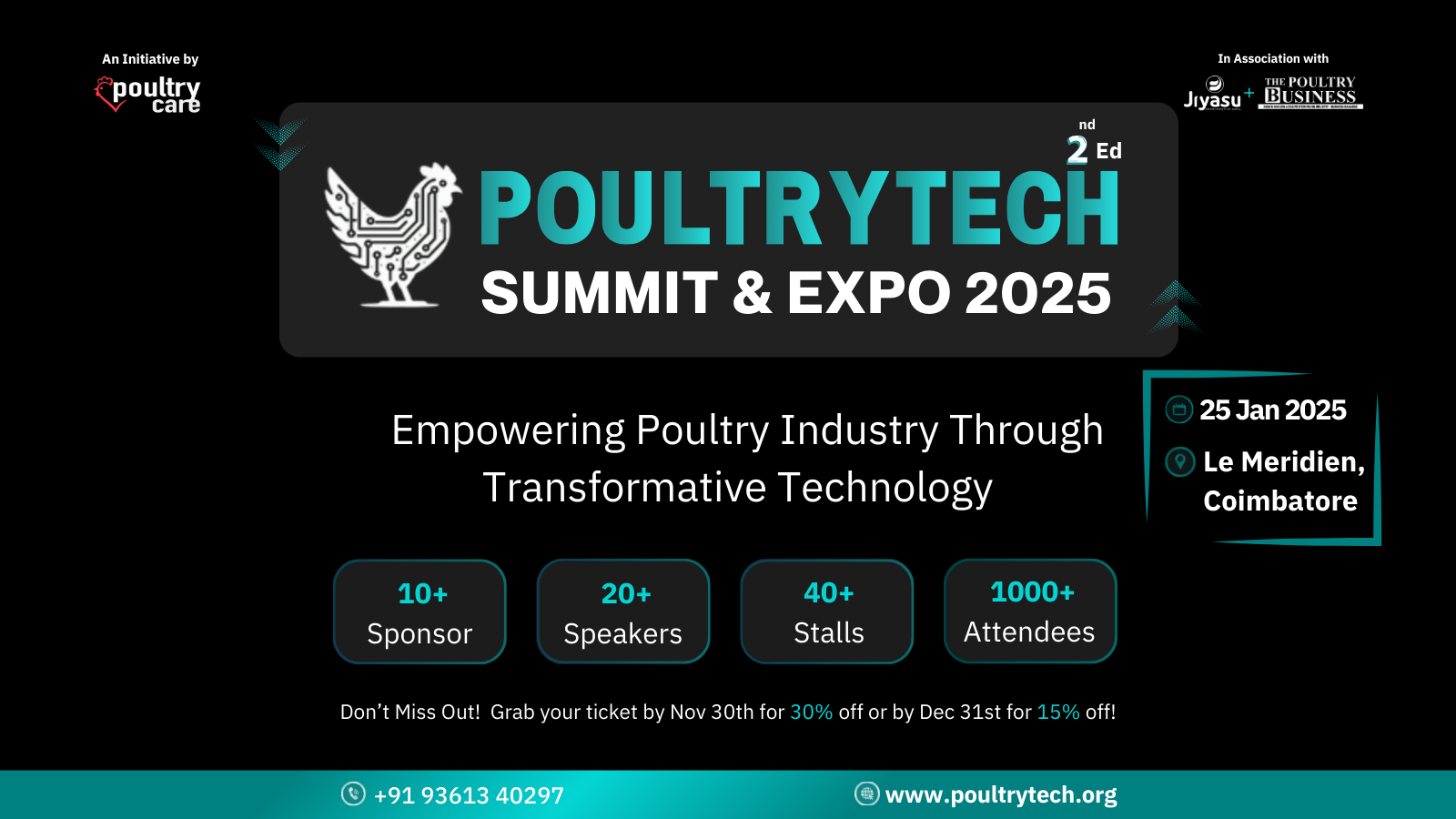In any poultry feed mill operation, waste is something that cannot be avoided. Among the types of waste generated, leftover or spoiled meat waste is one of the most risky. It can easily become the root cause of contamination and disease when not handled properly. In many cases, farmers are so focused on feed production that they overlook where and how the waste is being discarded. Without proper attention, this can slowly lead to hygiene problems, regulatory issues, and even damaged bird health. This blog explains how poultry feed mill owners and supervisors can track meat waste effectively and build cleaner, safer systems.
What Kind of Waste Are We Talking About
Poultry feed mills deal with many types of raw material. During processing, a portion of this material becomes waste. Sometimes it is meat that was spoiled before use. Sometimes it is leftover trimmings or residue from grinding. There may also be fats or unusable scraps from slaughter or rejected batches. All these form a category of waste that should not be mixed with feed or allowed to lie around the processing area. If left unattended, it attracts pests and germs and creates an unhygienic environment for both workers and birds.
Why Tracking Waste Disposal Is a Real Challenge
In most mills, meat waste disposal is often treated casually. It may be collected but not documented. The location of disposal might change every day. Different shifts might follow different routines. The same bins used for waste may also be moved around without cleaning. Over time, this causes confusion and leads to poor accountability. When no proper records are kept, it becomes hard to track what was disposed, where it was sent, or who managed the task. This lack of clarity becomes a serious issue when health officers or buyers want to inspect the feed mill for compliance.
How to Build Good Hygiene Habits in Waste Handling
To solve this, it is important to begin with a clear and simple system for waste handling. First, the meat waste area should be separate from where feed is stored or processed. Staff must be trained to handle waste as part of their daily task, not something that comes after everything else. Waste should be collected in clearly marked containers. The movement of waste should not cross the same paths used for transporting feed. Once the waste is collected, there should be a routine time and method for final disposal. All workers should know this flow and follow it without gaps.
Recording What Happens to the Waste
Clean disposal starts with clear records. Each batch of meat waste should be logged with basic information. This can include the date, type of waste, estimated quantity, name of the person handling it, and where it was sent. A notebook, whiteboard, or simple register can do the job well if it is maintained daily. When a new shift takes over, they can review the records and continue with the same clarity. If any issue arises later, the records help trace what happened and when. This not only keeps the farm safe but also builds discipline among workers.
Waste Tracking and Compliance Go Hand in Hand
Hygiene rules are not just about pleasing the authorities. They protect the entire poultry supply chain. If meat waste is not tracked properly, it may end up mixing with fresh feed or infecting clean zones. That means chicks may fall ill, feed buyers may lose trust, or regulators may impose penalties. Proper tracking helps feed mill owners show proof that their process is safe and under control. This builds a reputation of trust, especially when working with integrators or commercial buyers who want high-quality and contamination-free feed.
Making Waste Useful Without Risk
Some farms are now trying to reduce waste by using responsible methods to repurpose it. This could mean giving meat waste to authorized handlers, burying it in permitted locations, or converting it through safe composting techniques. These steps can be considered once a proper tracking system is in place. If you do not know what waste is being generated or how much of it exists, then finding reuse solutions becomes impossible. So the first step is always to understand your current waste handling clearly and honestly.
Clean feed begins with clean practices. Tracking meat waste might seem like a small step, but it plays a big role in building a strong and hygienic operation. It keeps your workers alert, your birds safe, and your compliance strong. More than that, it gives you peace of mind that your mill is running in a professional way. Waste is something you cannot avoid. But how you manage and track it decides whether it becomes a problem or a process. Start with one simple habit today and build from there. A cleaner feed mill is a stronger feed mill.



